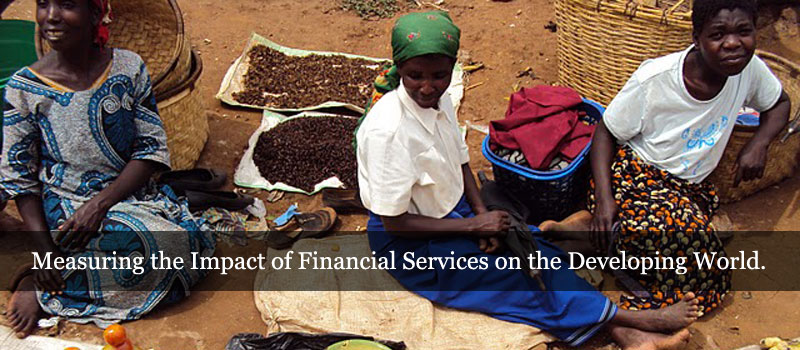Community-Level Economic Effects of M-PESA in Kenya: Initial Findings
M-PESA, an agent-assisted, mobile phone-based, person-to-person payment and money transfer system, was launched in Kenya on March 6, 2007. It allows users to store money on their mobile phones in an e-account and deposit or withdraw money in the form of hard currency at one of M-PESA's numerous agent locations. Since its inception, M-PESA has picked up remarkably quickly, covering the majority of geographic areas of the country. It aimed to attract 250,000 customers in its first year, and reached that milestone in only four months. About 1 million customers registered with M-PESA by the end of year one. By August 2009, over 7.7 million Kenyans (about 38 percent of the adult population) had become registered users of M-PESA, far exceeding projections. As of January 2010, that number was over 9 million. The monthly value of person-to-person transfers was over KSH 26 billion (approximately U.S. $330 million) in December 2009. There was also a phenomenal growth in the number of agents, from 7,000 in March 2009 to almost 17,000 in January 2010. These agents are located throughout urban and medium-to-large market centers in the country.
Given the remarkable outreach and use of M-PESA, many policymakers and donors are interested in supporting similar initiatives that can help produce a more inclusive and efficient financial sector that provides a broad range of financial services. Before advocating the relatively new system for other areas, donors and policymakers need to clearly understand the value proposition of M- PESA in its potential to affect households and communities at different socioeconomic levels. Specifically, they need to understand if and how M-PESA affects households and communities.




